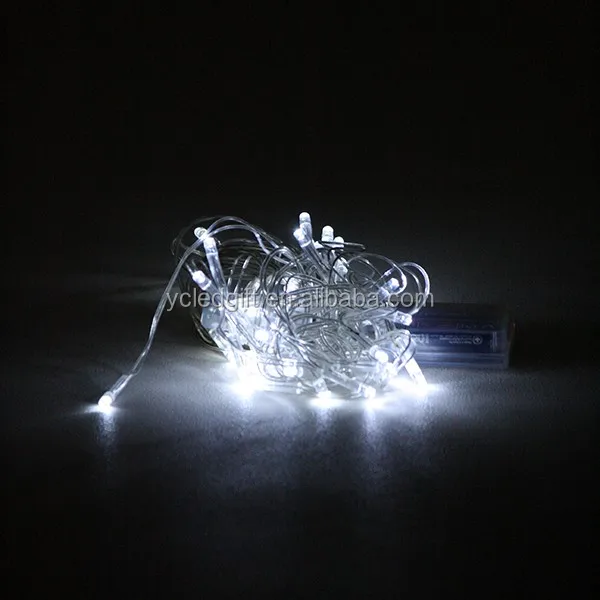Exploring the Fascinating Question: Are Fruit Flies Attracted to Blue Light?
#### IntroductionIn the world of entomology, one question that often arises is **are fruit flies attracted to blue light**? This inquiry not only piques the……
#### Introduction
In the world of entomology, one question that often arises is **are fruit flies attracted to blue light**? This inquiry not only piques the interest of researchers but also has practical implications for pest control and understanding insect behavior. Fruit flies, scientifically known as *Drosophila melanogaster*, are commonly found in homes and laboratories, making them a focal point for various studies. This article delves into the relationship between fruit flies and blue light, exploring the science behind their attraction and its potential applications.
#### Understanding Fruit Fly Behavior
Fruit flies are small, agile insects that thrive in environments rich in fermenting fruits and vegetables. Their attraction to certain stimuli is crucial for their survival and reproduction. Light plays a significant role in guiding their behavior, and various wavelengths can elicit different responses. Among these, blue light has garnered attention due to its unique properties.

#### The Science Behind Light Attraction
Research indicates that insects, including fruit flies, possess photoreceptors that are sensitive to specific light wavelengths. Blue light, with its shorter wavelength, is often more appealing to many insect species. The question **are fruit flies attracted to blue light** leads us to consider the physiological mechanisms at play. Studies have shown that blue light can influence the circadian rhythms of fruit flies, affecting their activity levels and behavior.
#### Experimental Findings

To explore the attraction of fruit flies to blue light, scientists have conducted various experiments. These typically involve placing fruit flies in controlled environments with different light sources. Observations reveal a noticeable tendency for fruit flies to gravitate towards blue light compared to other wavelengths, such as red or green. This behavior may be linked to their natural instincts, as certain wavelengths could indicate the presence of food sources or suitable habitats.
#### Implications for Pest Control
Understanding the attraction of fruit flies to blue light has practical applications, particularly in pest management. By utilizing blue light traps, researchers and homeowners can effectively capture and control fruit fly populations. These traps exploit the insects' innate behavior, providing a more environmentally friendly solution to pest issues. Furthermore, this knowledge can aid in developing more efficient monitoring systems for agricultural settings, helping farmers protect their crops from infestations.

#### Conclusion
In conclusion, the inquiry into **are fruit flies attracted to blue light** opens up a fascinating realm of study within entomology. The attraction of fruit flies to blue light is not merely a curiosity but a phenomenon rooted in their biology and behavior. By understanding this relationship, we can harness it for practical applications in pest control and further our knowledge of insect ecology. As research continues to evolve, the insights gained from studying fruit flies may lead to innovative strategies for managing these ubiquitous pests while enhancing our understanding of the intricate connections between light and insect behavior.